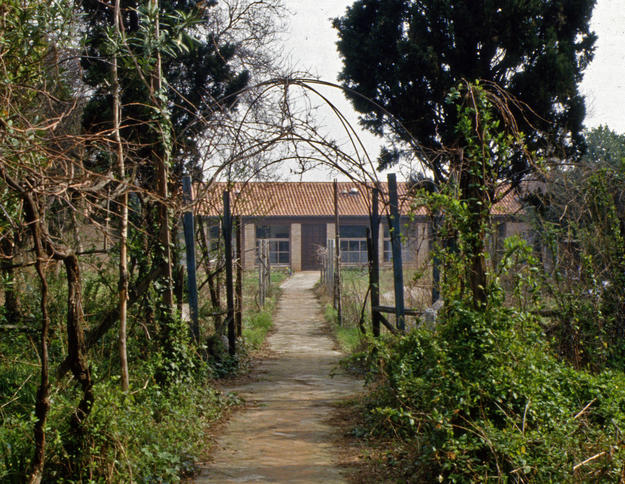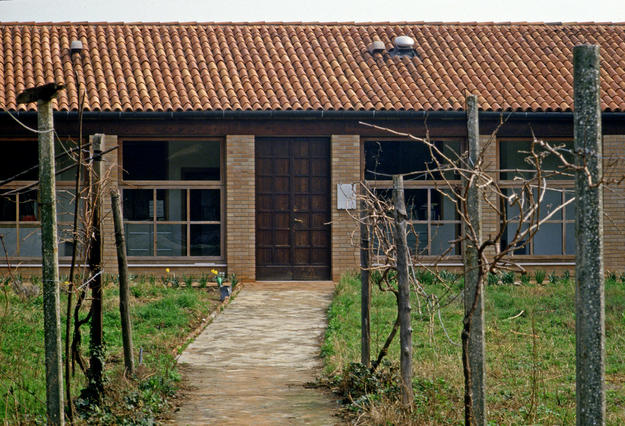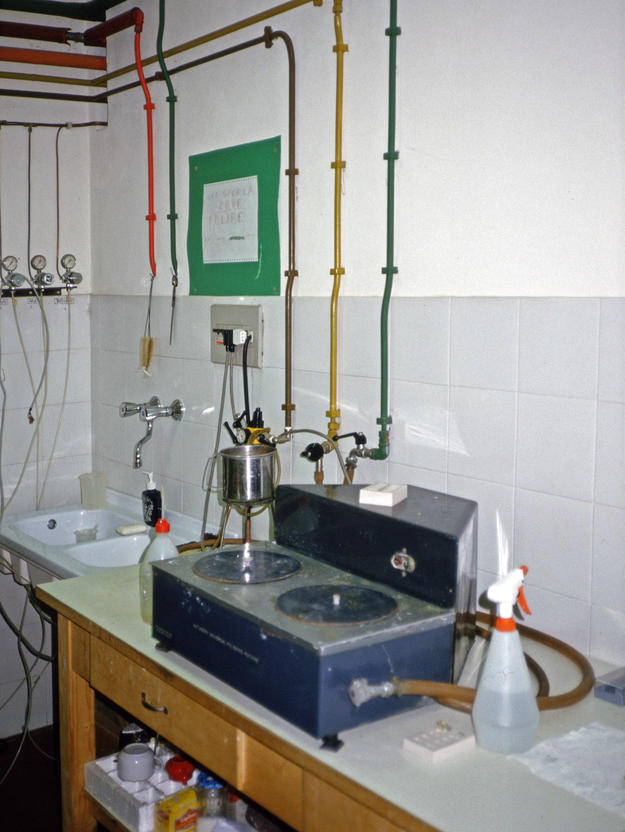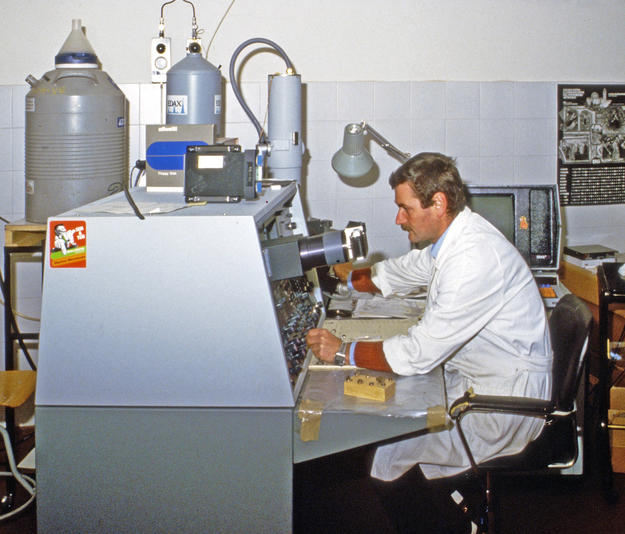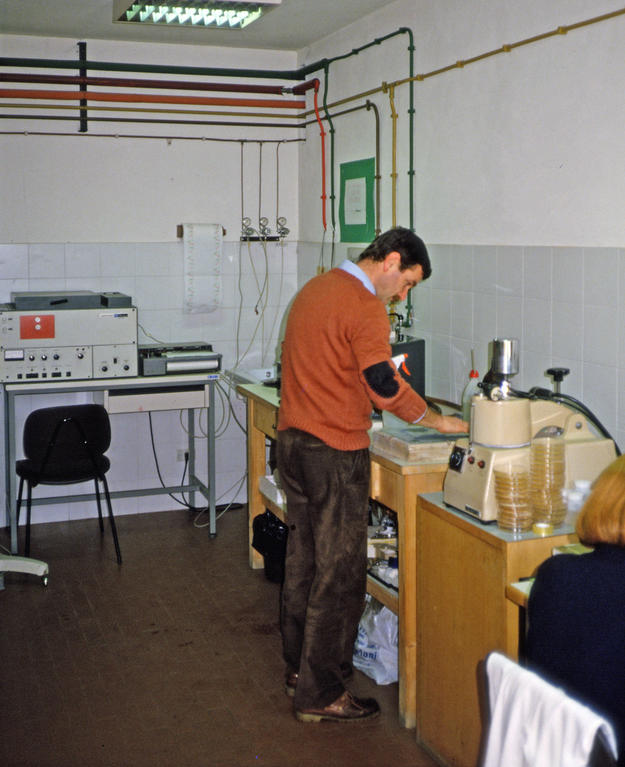Misericordia Laboratory
Background
In 1980, in partnership with the Samuel H. Kress Foundation and the Italian government, WMF established the Misericordia Laboratory to investigate and teach advanced techniques in stone conservation. The institution is housed within the Scuola Vecchia della Misericordia, a building constructed in 1261 for the use of a religious confraternity, expanded in the following centuries, and eventually sold, in 1634, to silk weavers for commercial purposes. The scuola was used as a factory in the 19th century and bought by the painter Italico Brass in 1920. In 1974, a restored Scuola Misericordia was sold to the Italian government, and six years later it became home to the conservation laboratory. Today, the laboratory is used primarily to survey the condition of Venetian stonework, which often suffers from harsh climactic conditions and general neglect, and in the treatment of high-priority conservation projects. It is also a major center for research, publication, and training.
How We Helped
To house the laboratory and facilitate its safe and efficient operation, WMF oversaw renovation of one building within the garden of the Scuola Misericordia complex. The effort required securing the structure’s roof and updating its water-handling system, repairing damaged pavement, and demolishing interior partitions to restore the building’s original dimensions. The renovations allowed adequate space for the structure’s modern re-adaptation, and provided a secure location to house and run the technology required for the laboratory’s work. To that end, WMF also updated electrical systems, phone lines, security, and fire control systems. To ensure the laboratory’s growth, the Kress Foundation supported salaries for technicians during the facility’s early phases, and the Italian government contributed state of the art equipment to aid data gathering and processing needs.
Why It Matters
Since 1980, the Misericordia Laboratory has been a leading institution in the field of stonework conservation. Through biological and chemical surveys, and using advanced data-retrieval technologies, the facility’s work has permitted conservationists to monitor conditions in Venice, and prevent the deterioration of some of the city’s most valued structures. The laboratory has also established itself as an important research facility and educational institution. The Misericordia Laboratory has become a key source of new conservation techniques, and continues to engender increased collaboration in the field and disseminate information to an international audience.

